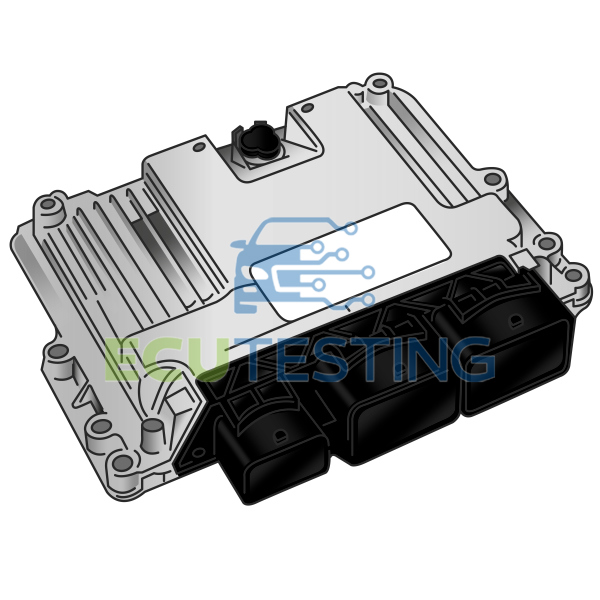
When it comes to keeping your car running smoothly and efficiently, the exhaust system plays a vital yet often overlooked role. Beyond just channeling fumes out of the engine, your car’s exhaust system reduces emissions, improves performance, and keeps your ride quieter. To truly appreciate what your exhaust system does—and to spot issues before they become expensive problems—it helps to understand the main parts and how they work together. Let’s break it down.
1. Exhaust Manifold
The exhaust manifold is the first stop for exhaust gases after they leave the engine cylinders. Typically made from cast iron or stainless steel, this component collects gases from each cylinder and funnels them into a single pipe. It’s designed to withstand high temperatures and pressure, and its primary role is to direct fumes out of the engine quickly and efficiently.
Cracks or leaks in the exhaust manifold can cause poor engine performance, increased emissions, and loud noises. If your engine sounds louder than usual or you notice a burning smell, the manifold could be the culprit.
2. Oxygen Sensors (O2 Sensors)
Modern vehicles come equipped with one or more oxygen sensors. These small but crucial sensors monitor the amount of oxygen in the exhaust gases and send this information to the engine control unit (ECU). The ECU then adjusts the air-fuel ratio to ensure optimal combustion and efficiency.
Faulty O2 sensors can trigger your check engine light and lead to reduced fuel economy, rough idling, or increased emissions. Replacing a malfunctioning sensor can significantly improve performance.
3. Catalytic Converter
This is one of the most environmentally important components in your exhaust system. The catalytic converter transforms harmful gases—like carbon monoxide, hydrocarbons, and nitrogen oxides—into less toxic substances such as carbon dioxide and water vapor.
Located between the exhaust manifold and the muffler, the catalytic converter is essential for passing emissions tests. A failing converter can cause sluggish acceleration, a rotten egg smell, or a noticeable drop in fuel efficiency.
4. Resonator
While not present in all vehicles, a resonator works alongside the muffler to reduce engine noise. It fine-tunes the sound by canceling out certain sound frequencies before they reach the muffler. Think of it as a pre-muffler that helps give your car a more refined and pleasant exhaust note.
A damaged resonator won’t necessarily impact performance, but it can make your ride noisier and more unpleasant to drive.
5. Muffler
The muffler is probably the most well-known part of the exhaust system. Its main job is to muffle, or reduce, the sound of exhaust gases as they exit the vehicle. It does this through a series of chambers or perforated tubes that dissipate sound waves.
A failing muffler can make your car excessively loud and may even cause vibrations. It can also decrease fuel economy if it’s clogged or damaged.
6. Exhaust Pipes
Connecting all the above components are a series of exhaust pipes. These pipes are responsible for transporting the gases from one part of the system to another until they finally exit the tailpipe. Depending on the vehicle, the exhaust system might include various bends and lengths to fit the car’s underbody design.
Rust, road salt, and age can cause pipes to deteriorate, leading to leaks. If you notice a drop in engine performance or hear a hissing sound, it might be time to inspect your exhaust piping.
7. Tailpipe
The tailpipe is the final exit point for exhaust gases. While it doesn’t play a technical role in filtering or silencing, it does ensure that gases are safely directed away from the vehicle and its occupants. In some performance vehicles, tailpipes are styled to enhance appearance or tuned for a specific exhaust note.
Tailpipe issues are generally cosmetic, but dents or blockages can still affect how well exhaust gases are released.
Final Thoughts
Your vehicle’s exhaust system is far more complex than just a simple pipe at the rear. Each component—from the exhaust manifold to the tailpipe—plays a vital role in enhancing your car’s performance, fuel efficiency, and environmental compliance. Many of these parts are precision-crafted through automotive metal stamping, a manufacturing process that ensures durability and consistency across high-heat, high-stress environments.
Understanding how these stamped components function, and being aware of signs of wear—like increased noise, unusual smells, or reduced performance—can help you catch problems early. Regular inspections and timely maintenance are essential for keeping your vehicle running smoothly and quietly. Addressing exhaust system issues promptly not only helps you avoid costly repairs but also supports cleaner emissions and a healthier environment.